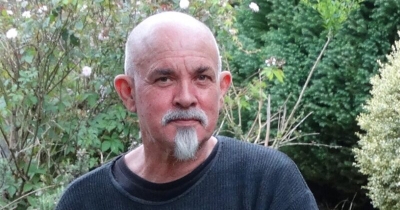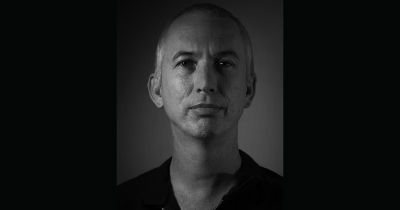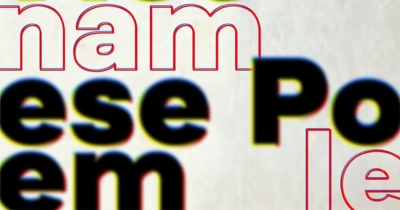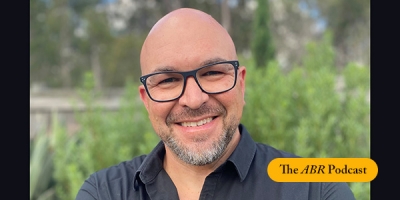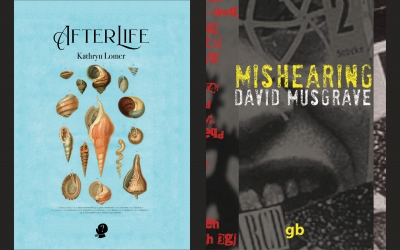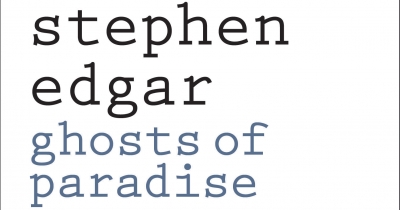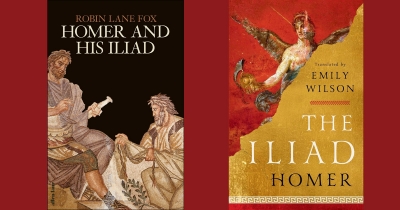Poetry
David Brooks, critic, novelist, short story writer, animal rights activist as well as poet, taught Australian Literature, ran a writing program, and co-edited Southerly at the University of Sydney. He has published six collections of poetry, the latest (The Peanut Vendor) included in his new and selected poems: The Other Side of Daylight (UQP, 2024). He lives in the Blue Mountains with rescued sheep and advocates for kangaroos. The Sydney Morning Herald called his The Balcony (UQP, 2007) ‘an electrical experience’.
... (read more)Damen O’Brien is a multi-award-winning poet based in Brisbane. His prizes include the Peter Porter Poetry Prize, The Moth Poetry Prize, the Newcastle Poetry Prize, and the Val Vallis Award. His poems have been published in seven countries, nominated for a Pushcart, and highly commended in the Forward Prizes for Poetry. Damen’s first book of poetry is Animals With Human Voices (Recent Work Press, 2021). His new book of poetry is Walking the Boundary, available from Pitt Street Poetry.
... (read more)Even in his first publication, the seven short stories of the rightly celebrated The Boat (2008), Nam Le was perhaps always most interested in creating an aura of violent unpredictability. He withheld consistency, offered cruxes, hit the reader with a blizzard of bold plots in settings so varied as to be practically contradictory – Hiroshima, Medellin, New York City, a fishing town on the Queensland coast. Where, as in the title story, Nam Le appears to relent and writes about what may have been his own experience (he was ferried to Australia as an infant), the baby dies. He is like a package determined not to contain what it says on the disclosure form; a letter that won’t be delivered to the stated address.
... (read more)Fat chance. A million to one. Buckley’s. We’ve all come across bizarre tales of survival that defy belief. Take the case of sixty-year-old Hiromitsu Shinkawa, found floating ten miles out to sea, clinging to the roof of his house, days after a tsunami wiped out his home town in the Fukushima prefecture of Japan in 2011. What were the odds?
... (read more)This week on the ABR Podcast we consider a poetics of contemplation with Scott Stephens. In his review of Kevin Hart’s book on reading and thinking, Lands of Likeness, Stephens writes, ‘there is no desire to consume the object of contemplation; what there is, is a longing to understand’. Scott Stephens is the ABC’s Religion & Ethics online editor and the co-host, with Waleed Aly, of The Minefield on ABC Radio National. Listen to Scott Stephens’ ‘Nothing but kestrel: Kevin Hart’s invitation to read contemplatively’, published in the March issue of ABR.
... (read more)Mishearing, David Musgrave’s latest, most experimental poetry collection, arose from deliberately generated ‘mishearings’ of poems he read into Microsoft Word’s 2003 in-built speech recognition software. The software was by default ‘trained’ to a North American accent. Musgrave didn’t reprogram to an Australian accent, held the microphone at changing distances from his mouth, occasionally smothered it, and introduced ambient noise to heighten the software’s mistranscription. He read from the work of various poets, ranging from Dorothea Mackellar to Seamus Heaney, and an extract from James Joyce’s Finnegans Wake. Making multiple readings of the same poem, Musgrave grabbed selected line transcriptions to construct each ‘misheard’ poem.
... (read more)With a title like Ghosts of Paradise, it is no surprise that Stephen Edgar’s latest poetry collection is haunted by loss, mutability, and mortality – the great traditional themes of elegiac poetry. But Edgar’s poetry has long, if not always, been characteristically elegiac. In this new collection, Edgar’s first since winning the Prime Minister’s Award for poetry in 2021 (and his first for Pitt Street Poetry), the poems are haunted by the poet’s late parents, late fellow poets (especially W.B. Yeats, but also the Australian poet Robert Adamson, for whom there is an elegy), and ancient poetic forms, such as the sonnet. The collection also includes meditations on ageing, corpses, and photographs (including Roland Barthes’ ‘theory / That every photo is a memento mori’). An interest in the intertwining of memory, embodiment, and visual representation is powerfully realised in ‘Still Life’, in which the memory of a trip to Broken Hill is
... (read more)Mud is loath to relinquish anything –
even in the name of science –
it will do so with a belch of methane
and black cloud in water.
The instruments are called ‘loggers’
Real estate: that’s all Postumia can think about,
always bragging about her ‘portfolio’,
dragging it round like a bad painter.
At last count she owns eight flats
in suburbs she’s never visited,
Homer and His Iliad by Robin Lane Fox & The Iliad by Homer, translated by Emily Wilson
Fans of the Iliad have been well served recently. Late last year saw the arrival of a new translation by Emily Wilson, whose earlier translation of the Odyssey (2018) was greeted with near universal acclaim, and it was joined by a new book about Homer and the composition of the Iliad by one of the leading scholars of Greek history, Robin Lane Fox. Both works encourage us to rethink our connections to this epic poem and its value for contemporary life. Set against a backdrop of clashing Greek and Trojan forces, what does this poem about the fatal sequence of events that emerges from a disagreement between two feuding warlords have to teach us?
... (read more)

